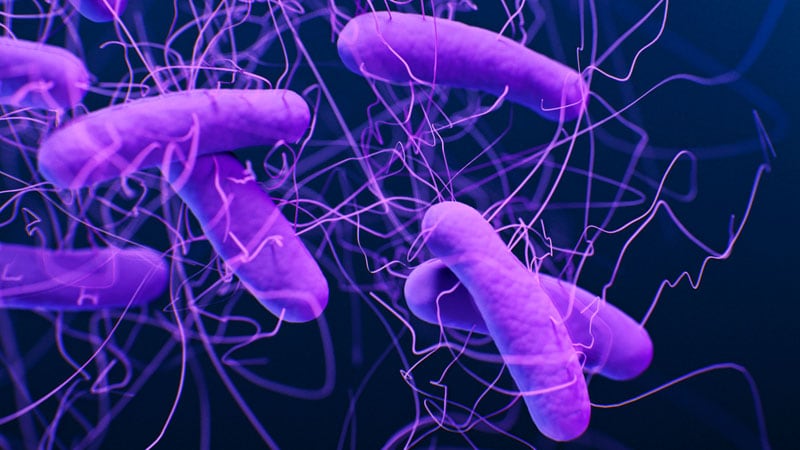Gut Microbiome Markers Accurately Distinguish Autism Spectrum Disorder in Children
This study investigated the potential of gut microbiome markers, beyond just bacteria, to serve as a noninvasive diagnostic tool for autism spectrum disorder (ASD) in children. The researchers performed metagenomic sequencing on fecal samples from 1,627 children aged 1-13 years, both with and without ASD, across five cohorts in China.
After controlling for factors like diet, medication, and comorbidities, the study identified 14 archaea, 51 bacteria, 7 fungi, 18 viruses, 27 microbial genes, and 12 metabolic pathways that were altered in children with ASD. Machine learning models using these multi-kingdom and functional markers achieved high predictive accuracy, with an area under the curve (AUC) of 0.91, in distinguishing children with ASD from neurotypical controls. The models performed comparably well across ages, sexes, and cohorts, highlighting their potential as diagnostic tools.
The study also found that the accuracy of the models was largely driven by reduced abundance of biosynthesis pathways for ubiquinol-7 and thiamine diphosphate in children with ASD, suggesting these could be novel therapeutic targets. Overall, this research broadens the understanding of the gut microbiome's role in ASD beyond just bacteria, and provides a promising avenue for developing noninvasive diagnostic tests and identifying new treatment approaches.
Customize Summary
Rewrite with AI
Generate Citations
Translate Source
To Another Language
Generate MindMap
from source content
Visit Source
www.medscape.com
Gut Biomarkers Accurately Flag Autism Spectrum Disorder
Key Insights Distilled From
by Megan Brooks at www.medscape.com 07-09-2024
https://www.medscape.com/viewarticle/gut-biomarkers-accurately-flag-autism-spectrum-disorder-2024a1000cne
Deeper Inquiries
